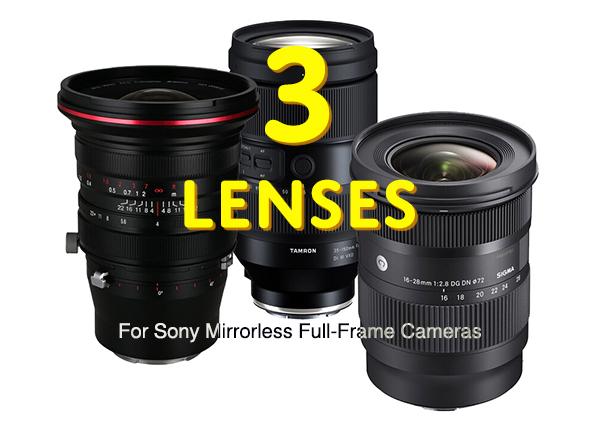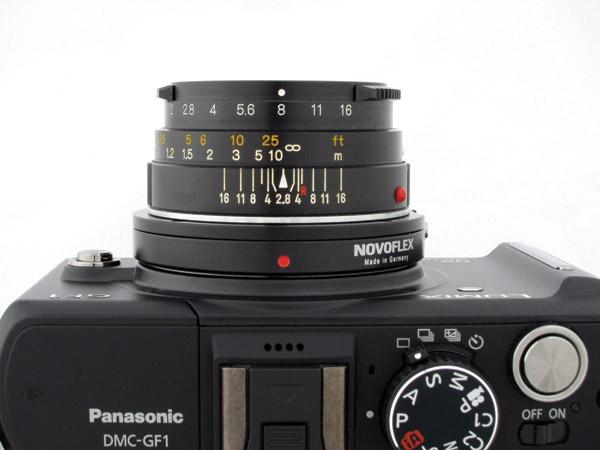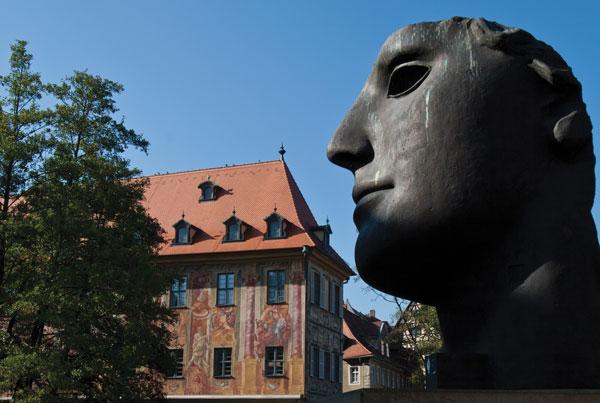Lens Tips
Sort By: Post DateTitle Publish Date
|
Jan 01, 2002
|
Jul 01, 2022
|
Apr 01, 2002
|
Nov 04, 2022
|
May 01, 2003
|
Aug 01, 2003
|
Mar 01, 2005
|
Feb 17, 2012 |
First Published: Jan 01, 2012
|
Oct 26, 2015
|
Jan 01, 2004
|
Apr 01, 2005
|
Nov 01, 2005
















